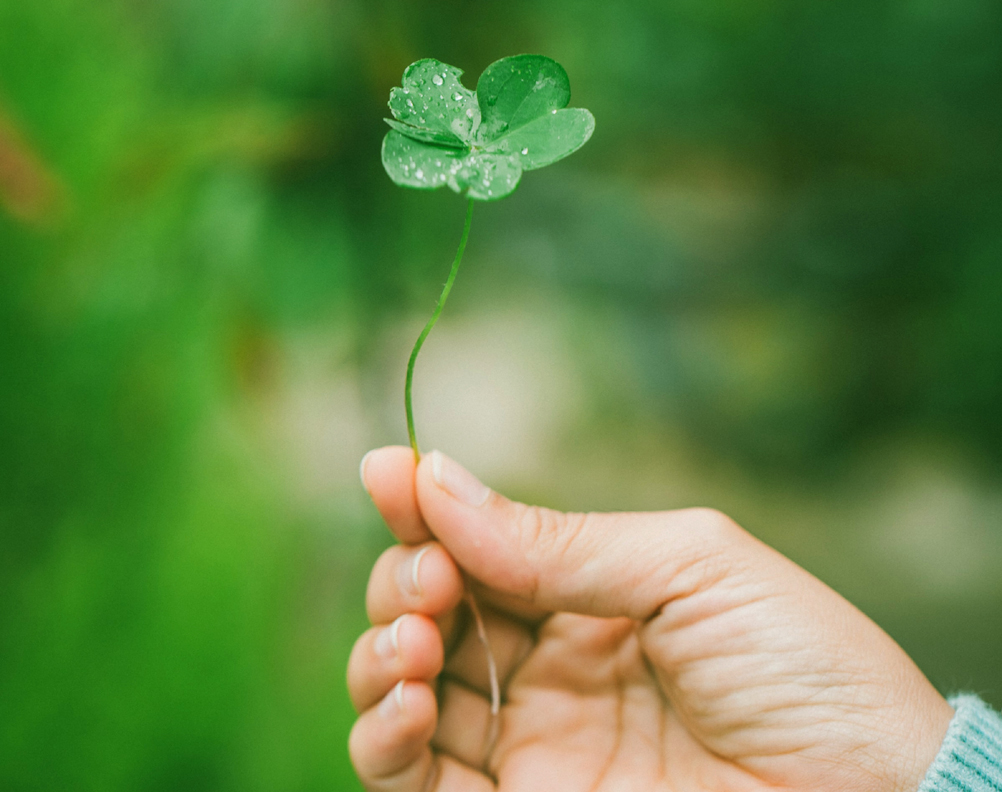Don’t just wear green, ‘go’ green on St. Patrick’s Day

by Eduardo de la Garza
On March 17, Americans will dress in festive green clothes so as to allude pinching and go to pubs to drink green-dyed beer, because what better way to celebrate the feast day of a saint than debauchery? To be fair, even that feast day may be based more on allegory than truth.
Patrick, or Pádraig, was a missionary who tried to convert the Irish to Christianity. The idea that he drove the snakes out of Ireland, although no snakes were in the area to begin with, might be based on folklore and on using “snakes†as a symbol for paganism. How this turned into drinking green beer or dressing like leprechauns is anyone’s guess.
Apart from another day to celebrate, St. Patrick’s Day gives everyone something to observe: Don’t just dress in green clothes but go green.
According to the College of Canyons, going green means “implementing certain lifestyle changes designed to help you live in a more eco-friendly way. It means becoming more environmentally aware and changing your behavior and lifestyle to reduce the amount of pollution and waste you generate.â€
Going green is a conscious lifestyle change. It doesn’t depend on donations — although donating to organizations that do the heavy lifting helps — but it requires individual effort. Recycling, which reduces greenhouse gas emissions and reduces waste, is the easiest way to go green. Don’t just toss aluminum cans, glass bottles, plastic containers, or plastic bags in recycling bins. Reuse recycled items, or reuse containers instead of buying disposable ones. Buy larger containers of water and refill reusable bottles — or buy a filter.
“Energy is saved by reducing the amount of virgin materials extracted, processed, manufactured, and transported to create new products,†states EverydayRecycler.com. “Recycling correctly helps keep resources that have already been extracted in use and reduces our need for more resulting in less energy use overall.â€
Other ways of going green include conserving your energy and water use. Turn off your lights when you’re not in rooms, raise your thermostats in the summer and lower them in the winter, wash your clothes in cold water, take shorter showers, buy energy-efficient appliances, and weatherize your homes.
The Houston Advanced Research Center (HARC) advises “adding insulation, upgrading windows and doors for efficiency, sealing air leaks, and updating the heating and air conditioning system.†There is cost associated with helping your home go green, but there is assistance available from the Weatherization Assistance Program and BakerRipley’s Weatherization Program.
The next time your light bulb burns out, replace it with a compact fluorescent bulb — or better yet an LED light bulb. Those light bulbs are more expensive in the short term but they last years longer and end up being significantly more cost-effective.
Put one less car on the highway by using Park and Ride or by carpooling. Bike or walk when possible. Click the option to go paperless and pay your bills online. It’s the 21st century, you’ll still have records … and they’ll be easier to find.
And check the Citizens’ Environmental Coalition Calendar. Instead of dumping hazardous material in your trash, take them to sites, such as the Colorado County Household Hazardous Waste Collection. Or donate plastic pot plants to Bayou Preservation Association’s Pots for Plots. And of course, don’t litter and help with cleanup efforts, such as Trash Bash 2023, Buffalo Bayou Partnership Monthly Volunteer events, Coastal Prairie Conservancy Tuesday Work Days at Indiangrass Prairie, or Edith Moore Nature Sanctuary Community work days.
While celebrating on March 17, the next time someone with a “Kiss Me, I’m Irish†T-shirt comes up to you and asks you why you’re not wearing anything green, tell them you’ve gone green. You may still get pinched, but the world will be better for it.